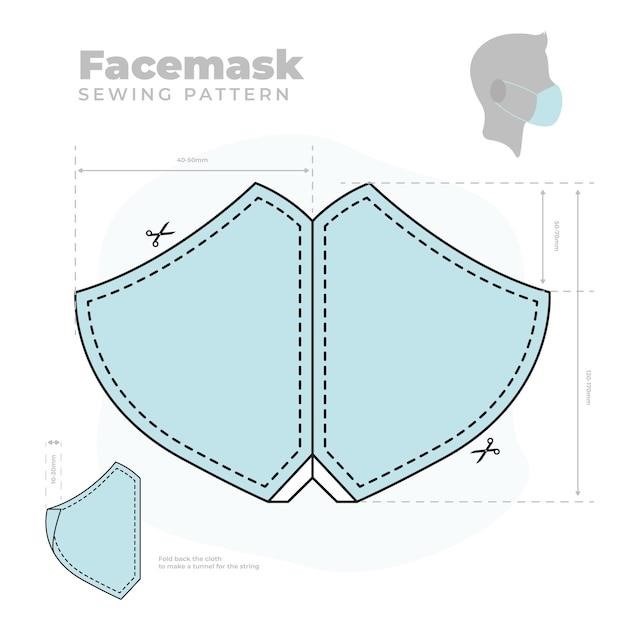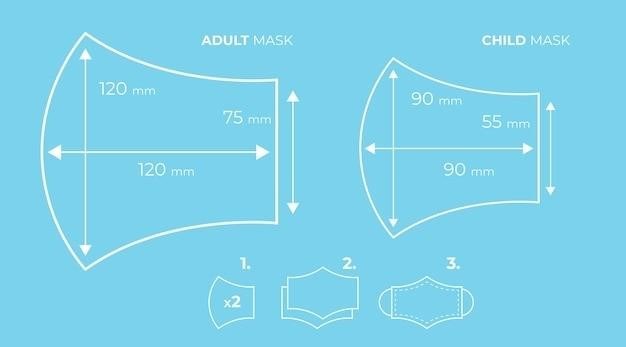Hockey Stick Height Guide⁚ Finding the Perfect Fit
Choosing the right hockey stick height is crucial for optimal performance and comfort on the ice․ A properly sized stick allows for proper puck handling, shooting, and overall control․ This guide will walk you through the traditional and modern methods for determining the ideal stick length, factors influencing your choice, and how to measure and adjust your stick for a perfect fit․
Introduction
Hockey stick height is a fundamental aspect of the game, impacting a player’s ability to handle the puck, shoot effectively, and maintain proper balance․ A stick that’s too short can hinder puck control and shooting accuracy, while a stick that’s too long can lead to awkward movements and difficulty maneuvering on the ice․ Finding the perfect stick height involves considering your individual height, age, playing position, and personal preference․ This guide will provide you with the tools and knowledge to determine the ideal stick length for your game, helping you maximize your performance on the ice․
Determining Stick Height⁚ The Traditional Method

The traditional method for determining hockey stick height is a simple and widely used approach․ It involves standing with your skates on and holding the stick in front of you, with the toe of the blade touching the ground․ The top of the stick should be positioned somewhere between your chin and nose․ This method ensures that the stick is at a comfortable height for shooting and puck handling, while still allowing for proper balance and control․
To find the exact point on the stick, you can hold it upright, place the stick knob against your face, and mark the stick just below your chin․ This mark will indicate the ideal cutting point for your stick․ Remember to take into account any necessary plug length if you plan to add one after cutting the stick․
Modern Stick Sizing Charts
Modern stick sizing charts offer a more precise and scientific approach to determining the ideal hockey stick length․ These charts typically use player height as the primary factor, with additional considerations for age and playing position․ They provide specific length recommendations in inches or centimeters, based on the player’s height․
For example, a chart might recommend a 36․5-inch stick for players between 5’4″ and 5’8″ tall․ These charts can be found on various hockey equipment websites and in hockey stores․ They provide a convenient and reliable way to determine the right stick length for your specific needs․ However, it’s important to note that individual preferences and playing styles can still influence the ideal stick length, even with the guidance of these charts․
Factors Affecting Stick Length
While player height is the primary factor influencing stick length, several other factors contribute to finding the perfect fit․ These factors can help fine-tune the stick length for optimal performance and comfort․
Besides height, a player’s age is an important consideration․ Younger players, especially those still growing, may benefit from a slightly shorter stick to allow for easier handling and puck control․ As they mature, they can gradually adjust to a longer stick․ Playing position also influences stick length․ Forwards typically prefer a longer stick for better reach and leverage when shooting and passing․ Defensemen, on the other hand, may prefer a shorter stick for increased agility and control in their own end․
Player Height
Player height is the most significant factor in determining the appropriate hockey stick length․ A stick that is too short will limit reach and power when shooting and passing, while a stick that is too long can be difficult to handle and control․ A general rule of thumb is to aim for a stick that reaches somewhere between the chin and nose when standing on bare feet․ This allows for a comfortable and efficient reach while maintaining good control of the stick․
Modern stick sizing charts, often available on hockey equipment websites and in stores, provide specific length recommendations based on player height․ These charts are a valuable resource for finding the right stick length for players of all ages and skill levels․
Player Age
A player’s age is another important factor to consider when choosing a hockey stick length․ Younger players, especially those still growing, will need to adjust their stick length more frequently than older players․ It is generally recommended to err on the side of a slightly shorter stick for young players, as this will make it easier for them to handle and control the stick․ As they grow, they can gradually increase the stick length․
Hockey stick manufacturers often categorize sticks by age group, with different lengths and flex ratings designed for specific age ranges․ These age-specific recommendations can help parents and coaches choose the right stick for young players, ensuring a comfortable and safe experience on the ice․
Playing Position
The position a player occupies on the ice can also influence the ideal stick length․ Forwards, particularly those who play on the wings, often prefer a shorter stick for better maneuverability and puck handling in tight spaces․ This allows them to quickly change direction and control the puck effectively in the offensive zone․
Defensemen, on the other hand, typically prefer a slightly longer stick for better reach and leverage․ A longer stick helps them to effectively clear the puck from their defensive zone, disrupt opposing players’ plays, and control the puck in the neutral zone․ Goalies, however, have very specific stick length requirements depending on the type of goalie stick used and the individual goalie’s preference․
Measuring Your Stick
Once you’ve determined the ideal stick length based on your height, age, and position, it’s time to measure your current stick or a new one to ensure it’s the right fit․ There are two common methods for measuring a hockey stick⁚
Traditional Method⁚ Stand with your skates on and hold the stick in front of you with the toe of the blade on the ground․ The top of the stick should be just below your chin․ This method is considered the standard for measuring stick length, but it’s important to remember that it’s just a guideline․
Waistline Method⁚ Stand with your skates on, and place the stick against your side․ The top of the stick should be 2 inches below your waistline․ This method is popular in the US and is particularly useful for younger players․
Both methods offer a good starting point, and you may need to adjust the stick length slightly based on your individual preferences․
Adjusting Stick Length
Hockey sticks often come in standard lengths, but you may need to adjust the stick to achieve the perfect fit․ There are two common ways to adjust stick length⁚
Cutting⁚ If your stick is too long, you can cut it down to size․ Use a saw designed for cutting hockey sticks and make sure to cut cleanly and evenly to avoid damaging the stick․ Always measure twice before cutting to ensure you’re getting the right length․
Adding a Plug⁚ If your stick is too short, you can add a plug to extend the length․ Hockey stick plugs are typically made of plastic or rubber and come in various sizes․ To install a plug, you’ll need to drill a hole in the end of the stick and then insert the plug․
Before making any adjustments, it’s important to consult with a professional hockey equipment specialist or coach․ They can help you determine the best way to adjust your stick based on your individual needs and preferences․
Finding the right hockey stick height is essential for maximizing your performance and enjoyment on the ice․ The traditional method of measuring your stick height from your chin provides a good starting point, but modern sizing charts offer more precise recommendations based on your height and age․ Remember to consider factors such as playing position and personal preferences when making your final decision․
Measuring your stick with skates on and adjusting it to your specific needs is crucial for achieving the perfect fit․ With a properly sized stick, you’ll enjoy improved puck handling, shooting accuracy, and overall control on the ice․ If you’re unsure about the correct stick size, don’t hesitate to consult with a professional hockey equipment specialist or coach for personalized guidance․




